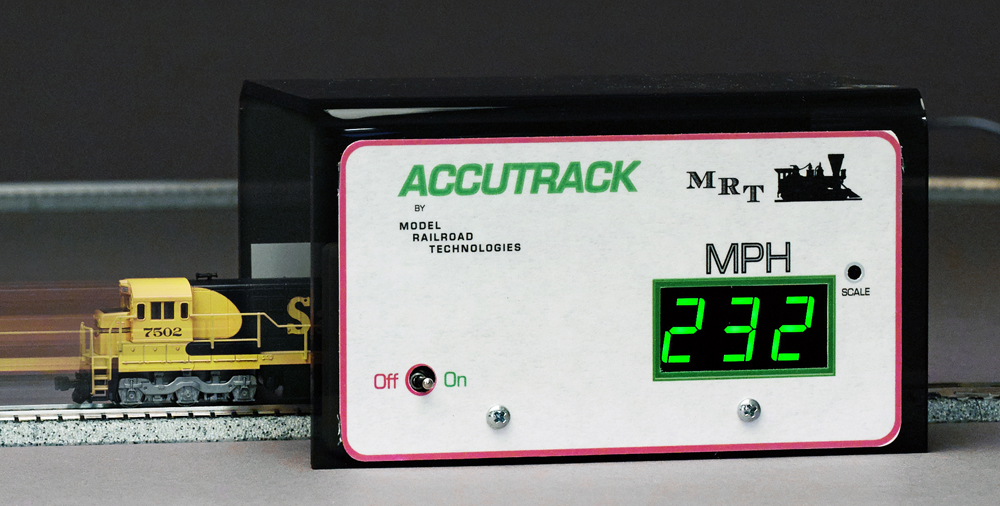
Q: In Model Railroader product reviews, locomotive speed is often measured and compared with the prototype. I was wondering how this is done so I can run my trains at prototypical speeds. — George Smitton A: When we test locomotives at the workbench, we use the Model Railroad Technologies Accutrak II train speedometer for measuring […]
Read More…
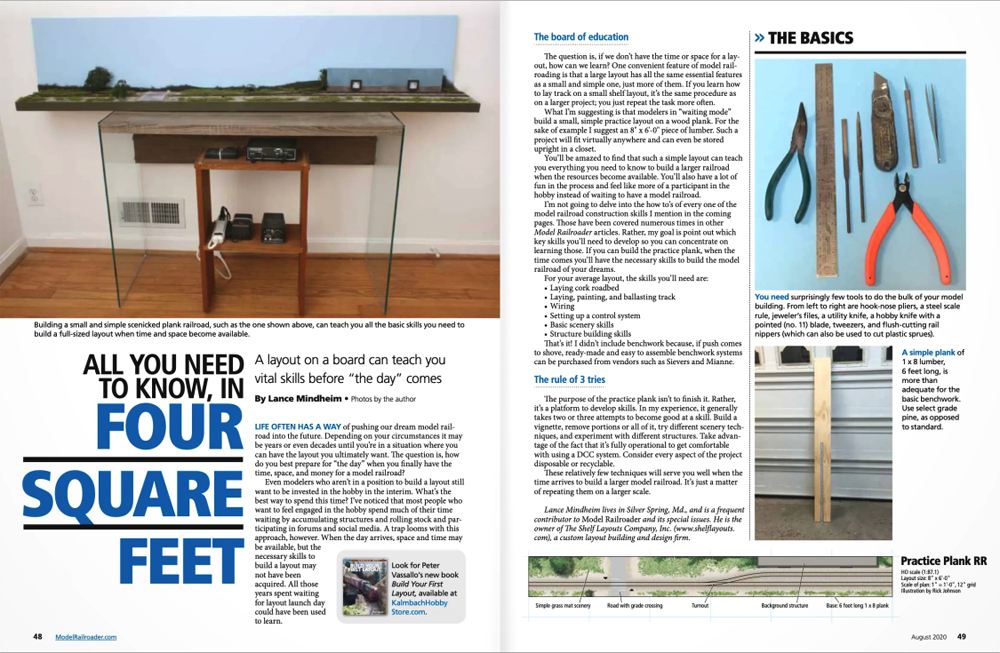
Q: I recall an article from a few years back that was about setting up a minimalist layout set on a bookshelf or board. It was intended as a quick and easy way to get started in the hobby, especially for those who don’t have a lot of space. I believe it used an NCE […]
Read More…
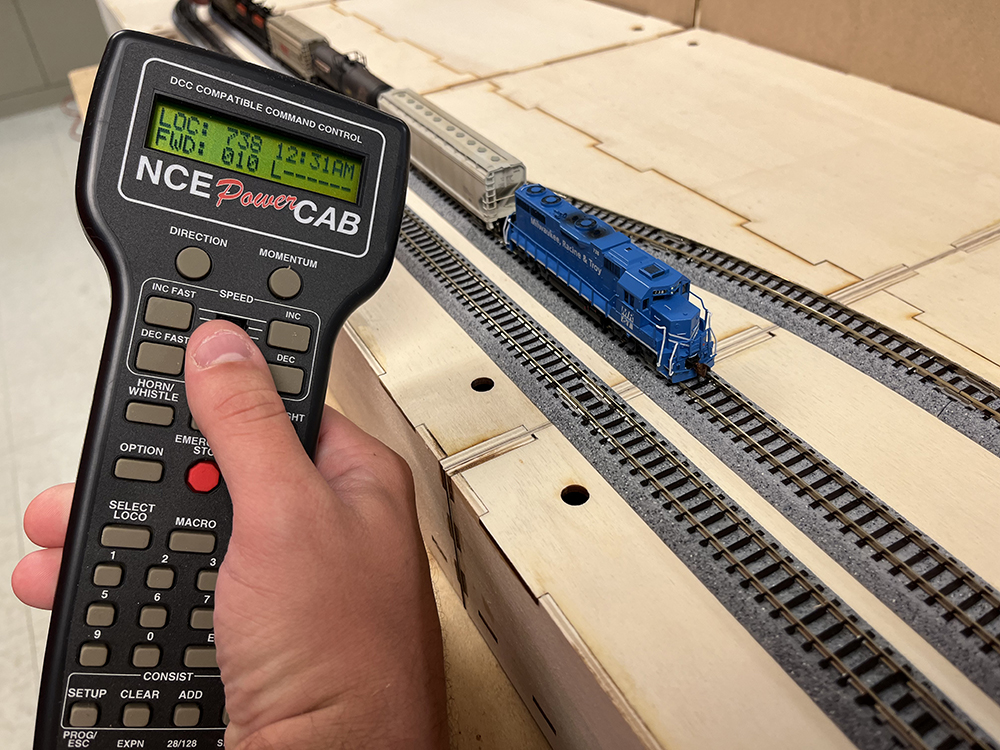
Modelers David Popp, Brian Schmidt, and Bryson Sleppy install the wiring power bus and Digital Command Control system on their modular T-TRAK N scale layout. T-TRAK is a modular N scale railroading system that uses foot-wide boxes plugged together to build tabletop layouts. In this fourth installment, the trio demonstrates how to build a portable […]
Read More…
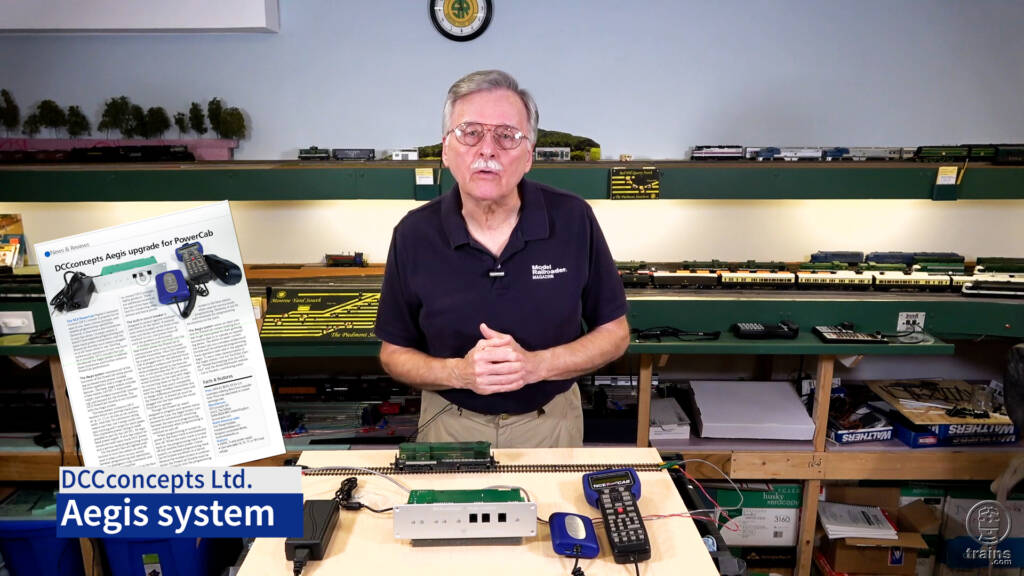
Model Railroader Contributing Editor Larry Puckett hosts our latest Product Review video to talk about the features on the DCCconcepts Aegis system, an upgrade for NCE’s Digital Command Control PowerCab. You can read his review of the system on page 16 of the January 2024 issue of MR. The Aegis system maintains all the functions […]
Read More…

Model Railroader Contributing Editor Larry Puckett hosts our latest Product Review video to talk about the features on the DCCconcepts Aegis system, an upgrade for NCE’s Digital Command Control PowerCab. You can read his review of the system on page 16 of the January 2024 issue of MR. The Aegis system maintains all the functions […]
Read More…
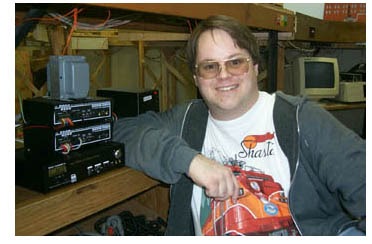
Mark Gurries, a noted expert in the use of NCE’s DCC system, passed away on November 25, 2023, after health complications. He was 62 years old. Contributing editor Tony Koester had this to say about his passing: “Mark was a very bright and extremely helpful individual who helped many of us with thorny little, sometimes […]
Read More…
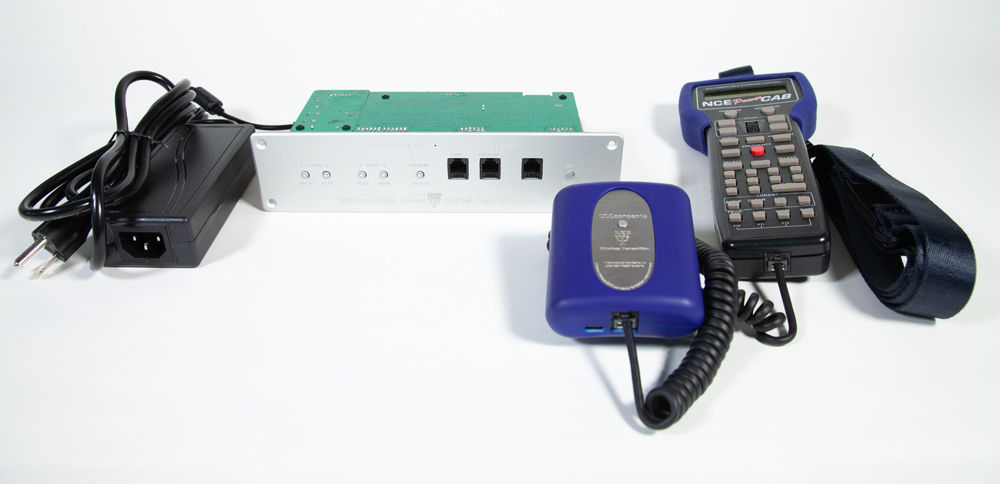
The NCE PowerCab Digital Command Control (DCC) system is popular for its ease of use, menu-driven prompts, and reliable programming capabilities. However, it does have a few limitations: It only has about 1.8 amps output; it doesn’t have separate programming and main track power connections; and the PowerCab throttle must remain plugged in at all […]
Read More…
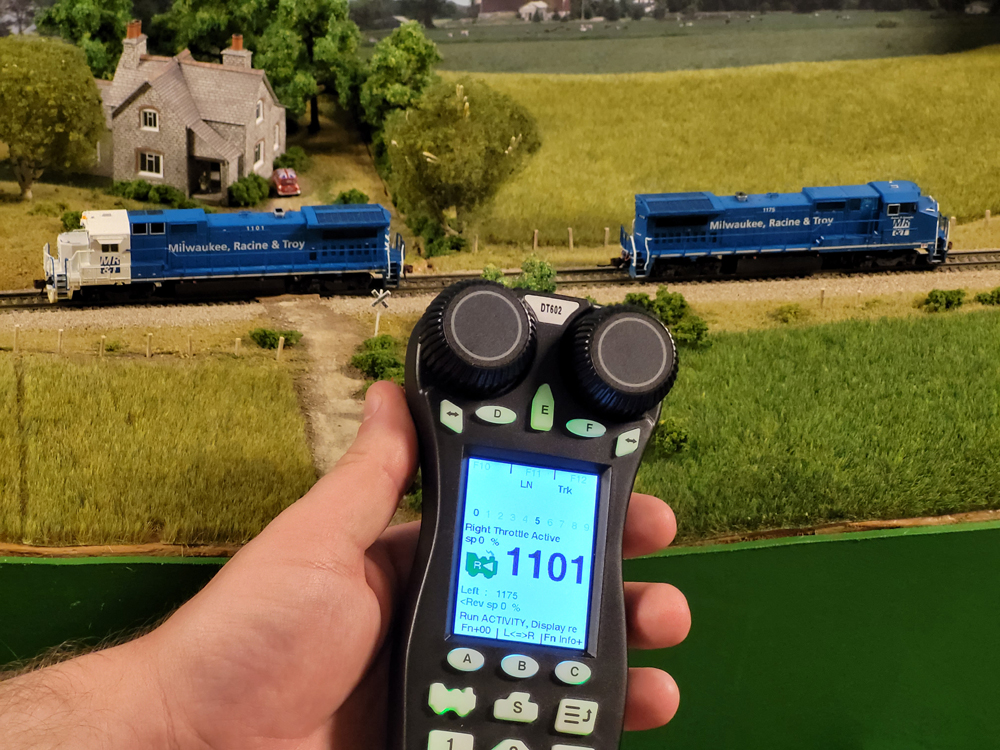
Digital Command Control, or DCC, is one of two ways most modelers control their trains. Instead of sending current directly to the rails, and making any train that’s receiving that current move, DCC sends packets of information through the rails and to individual locomotives to tell them what to do. For a DCC system to […]
Read More…
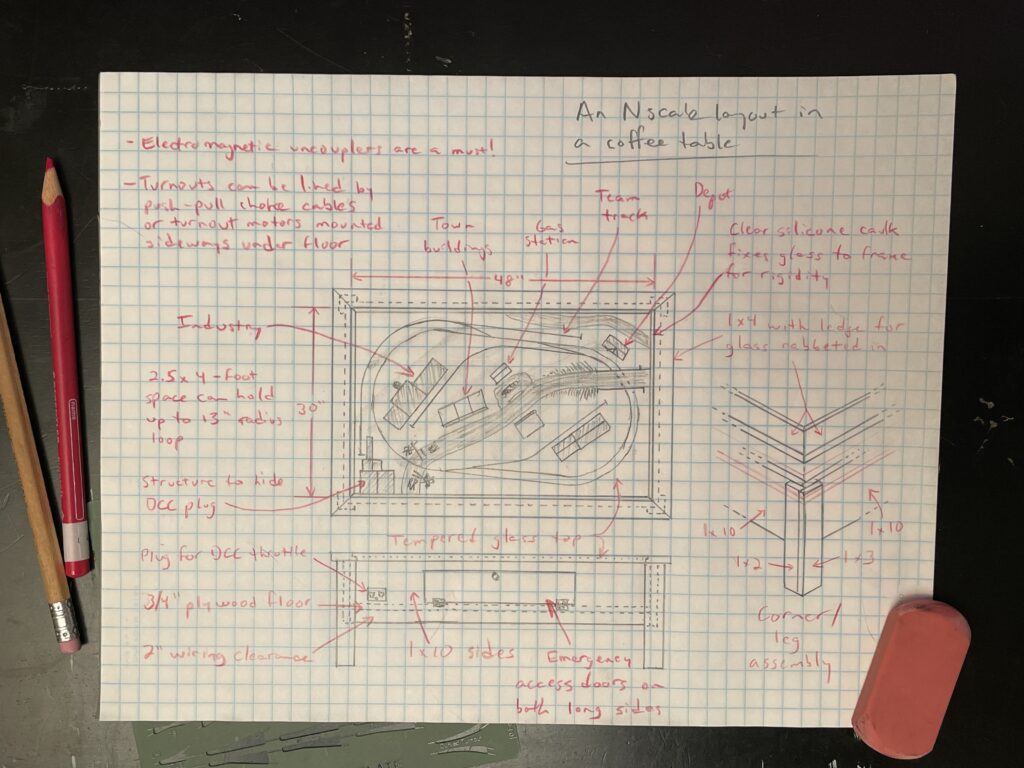
Over the years, I remember reading articles in Model Railroader about model train layouts built into furniture, like cabinets, dining tables, and coffee tables. I always thought this was a great idea, allowing modelers to bring their hobby out of the cold, lonely basement and into the welcoming atmosphere of the family room. It was an especially intriguing […]
Read More…
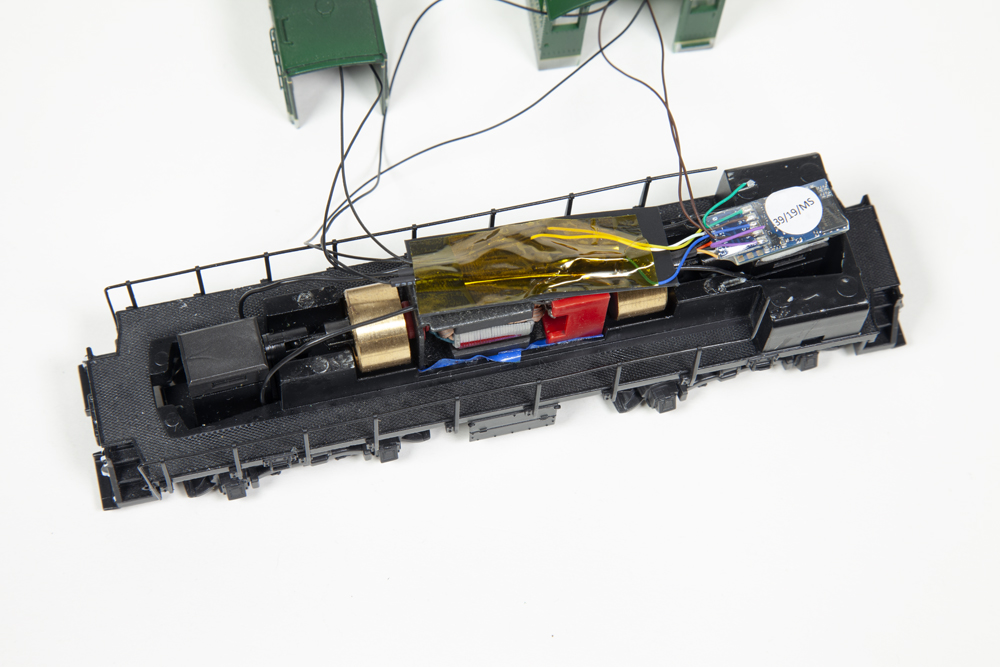
How do you blow up a decoder? Fail to isolate the motor, creating a dead short. Various older locomotives used the chassis as part of the power pathway to one of the motor brushes, making the chassis is electrically live. This can be easily fixed with insulating tape placed under the motor and plastic or […]
Read More…
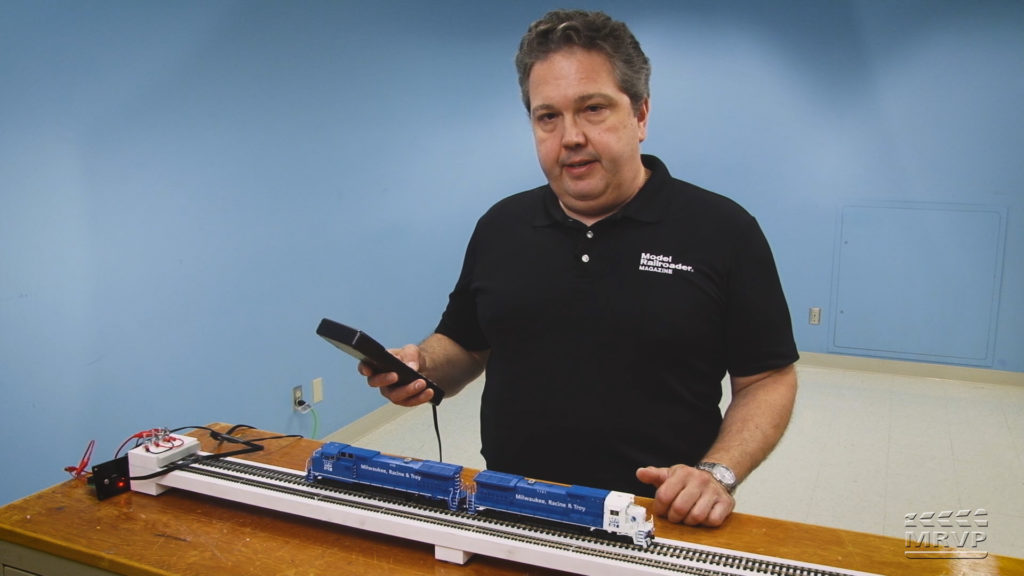
Having trouble viewing this video? Please visit our Video FAQ page Dana Kawala continues his overview of ways to use DCC functionality to program multiple diesel locomotives for synchronized operation. This time he demonstrates Advanced Consisting options. […]
Read More…

Having trouble viewing this video? Please visit our Video FAQ page Dana Kawala continues his overview of ways to use DCC functionality to program multiple diesel locomotives for synchronized operation. This time he demonstrates Advanced Consisting options. […]
Read More…










